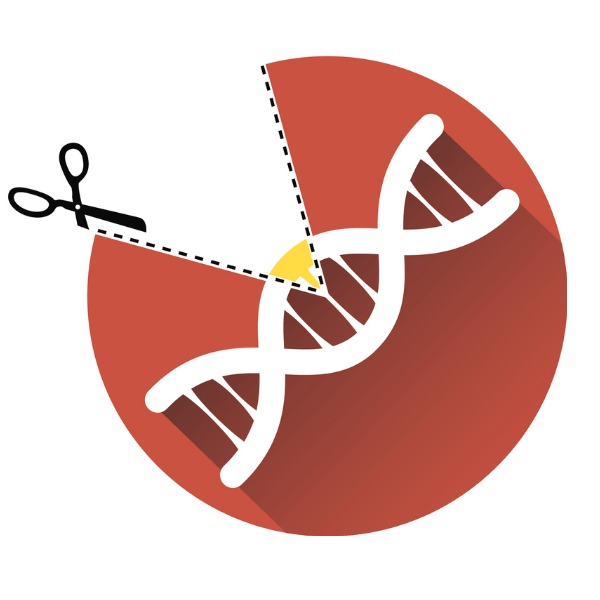Genome Editing

An artist’s interpretation of gene editing technology (a_crotty, iStockPhoto)

An artist’s interpretation of gene editing technology (a_crotty, iStockPhoto)
7.70
How does this align with my curriculum?
Curriculum Alignment
BC
12
Anatomy & Physiology 12 (June 2018)
Big Idea: Gene expression, through protein synthesis, is an interaction between genes and the environment.
ON
10
Science Grade 10 Academic (SNC2D) (2008)
Strand B: Tissues, Organs, and Systems of Living Things
YT
12
Anatomy & Physiology 12 (British Columbia, June 2018)
Big Idea: Gene expression, through protein synthesis, is an interaction between genes and the environment.
NU
12
Biology 30 (Alberta, 2007, Updated 2014)
Unit C: Cell Division, Genetics and Molecular Biology
YT
11
Life Sciences 11 (British Columbia, June 2018)
Big Idea: Evolution occurs at the population level.